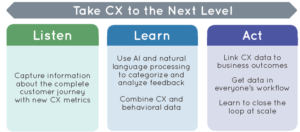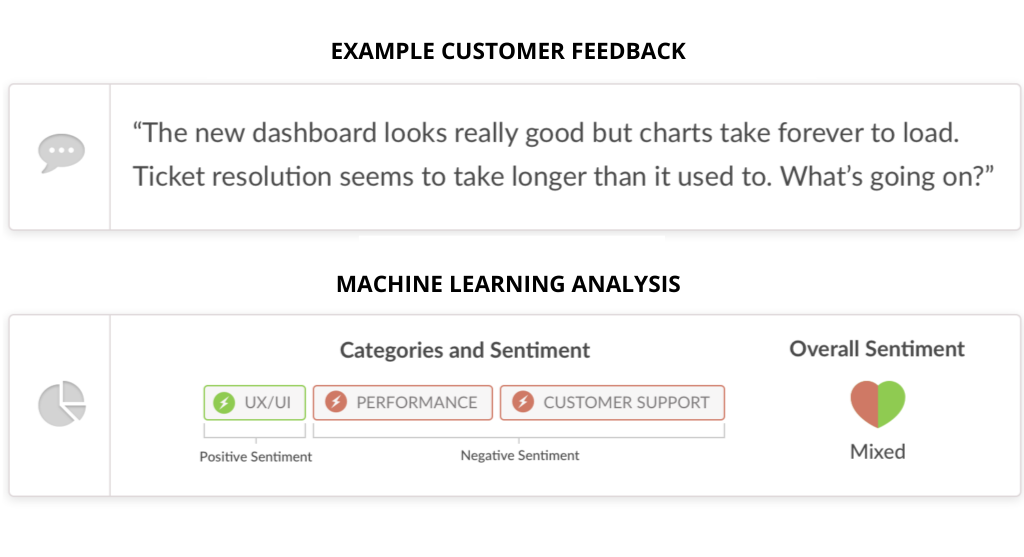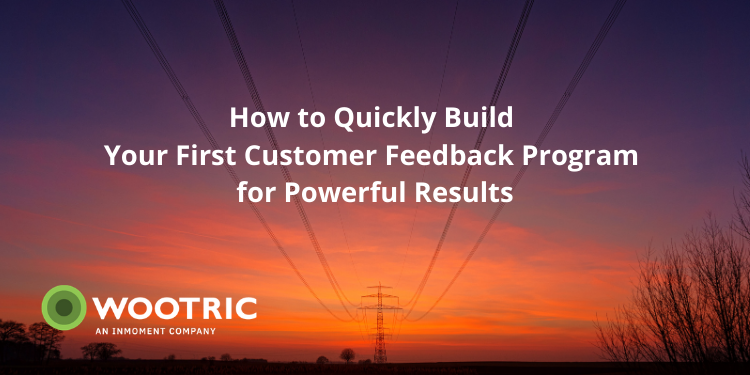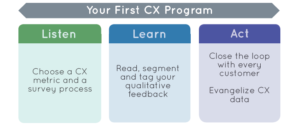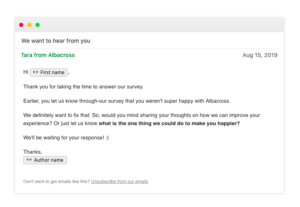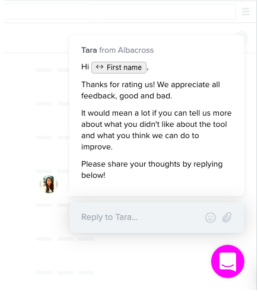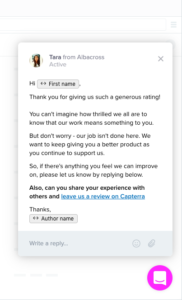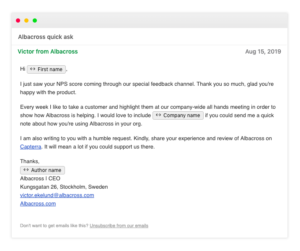When it comes to customer experience (CX), it’s obvious that solicited customer feedback is vital. But what if we told you that, on its own, that feedback is not sufficient to give you a thorough understanding of how your brand is delivering on experience? In fact you need a lot more. You need to understand how your employees view the experience. You need unsolicited feedback from social media and other sources. Finally,, you need to understand the greater market’s perception by benchmarking your customer experience program against competitors.
In the latest episode of InMoment’s “XI Expert Take” series, InMoment VP of Customer Experience Consulting and Insights Jeremy Griffiths takes a deep dive into benchmarking and why it’s so important for customer experience initiatives. We’ll be providing a few of the best takeaways in our article today.
Thinking About Benchmarking Your Customer Experience Program?
Before we get into pitfalls and best practices, let’s talk about why you should be benchmarking your CX program in the first place. Primarily, those of us who lead and leverage experience programs have two overarching questions to answer:
- How am I doing?
- What do I need to improve to drive successful business outcomes?
So, we search for the answers in our customer and employee data. But to answer these questions fully, we can’t just look at our own strengths and weaknesses. We need to be able to see the wider context of the market to get a sense of how we compare. Only when we have that big-picture view can we be certain that we have all the necessary information to make effective, strategic decisions.
However, you don’t want to set out on a benchmarking journey just to get it done. To do it well and get the intelligence you need, there are a few pitfalls you need to avoid along the way. Here are the three benchmarking pitfalls Jeremy has seen most often in his career:
Pitfall #1: Using Benchmarks as a “Big Stick”
When Jeremy works with brands to start up or refresh their benchmarking initiatives, he often has to help leaders shift their perspective about their benchmarking scores. He says one of the most common challenges he’s seen is leaders who use their results as “a big stick to tell their team to ‘do better.’”
The imagery here is especially effective and accurate. It’s easy to imagine that if a brand’s scores are low in comparison to competitors, a leader might use those benchmarks as a weapon to spur their employees into action. However, this can be incredibly harmful to morale in the moment and to long-term success.
How? Let’s take a look from the employee perspective. Let’s say that your leader has just given you a talking to, assuming that you and your team are doing something to negatively impact the experience. But what if you feel as though you’re doing the best you can? What if the real issue is something beyond your control, yet you’re still being made to feel responsible? You’d feel incredibly frustrated, devalued, and helpless.
This is just one example of how the wrong perspective on benchmarks can negatively affect your business. As we all know, disengaged employees can lead to an increase in employee churn, and therefore, additional costs in the millions!
Pitfall #2: Using Experience Benchmarks as an Excuse
The next pitfall Jeremy describes is directly related to the first. In fact, it’s the other extreme in terms of leadership perspective: leaders who use their benchmarks as an excuse to do nothing.
In contrast to our previous example, let’s consider a brand whose benchmarking scores are good relative to its competitors. If the leadership sees the numbers and thinks, “well, we’re obviously doing well. Why would we need to do anything differently?” there’s potential for harm to the greater business.
The reason why is quite simple: you shouldn’t let success make you complacent. In our fast-paced world, you can be ahead of the pack one second, and fall behind the next. If there’s one thing we can promise you, it’s that your competitors are competing on experience. If you’re not actively working to provide your customers with the next greatest, more convenient, more memorable experience, then the competition will surpass you—and your customers will flock to the brand with the best experience.
Pitfall #3: Being Too Focused on the Number
The third pitfall is really a cause (and effect) of the first two. Leaders either use benchmarks as a big stick or a comfort blanket because they are too focused on the number. And at the same time, they are causing their employees to focus on the number.
The issue with this number-based focus is that it only allows you to measure or manage your experience. It does not open the door to actually improving your experiences and boosting your bottom line. To inspire these major benefits, you have to look beyond metric scores and instead focus on the “why.” Why are you performing this way? Why are competitors performing well? Why do customers choose your brand over others?
When you shift your focus from the numbers to the context, you create a proactive, inspired, and positive Experience Improvement (XI) culture that is always pushing forward. This culture inspires your employees to be problem solvers, to strive for better experiences, and to keep your customers coming back. And isn’t that why you’re benchmarking in the first place?
Moving Forward
Now that we’ve chatted about what to avoid when benchmarking, are you curious about how you should execute your initiative? Click here to watch the full episode, “How to Win with Experience Improvement in Your Marketplace,” to learn how you should design your benchmarks (from the samples to take to the questions you should ask), popular use cases, and more directly from the experts!







